Hundreds of thousands of birds die each year in the Czech Republic from impact with glazed surfaces. This issue encompasses more than the all-too-familiar situation of glazed, noise-absorbing panels lacking any protective features; in fact, birds fly into much smaller glass surfaces – as found in homes, blocks of flats, schools, office buildings, shelters at stops for public transport, sheds, greenhouses, etc.
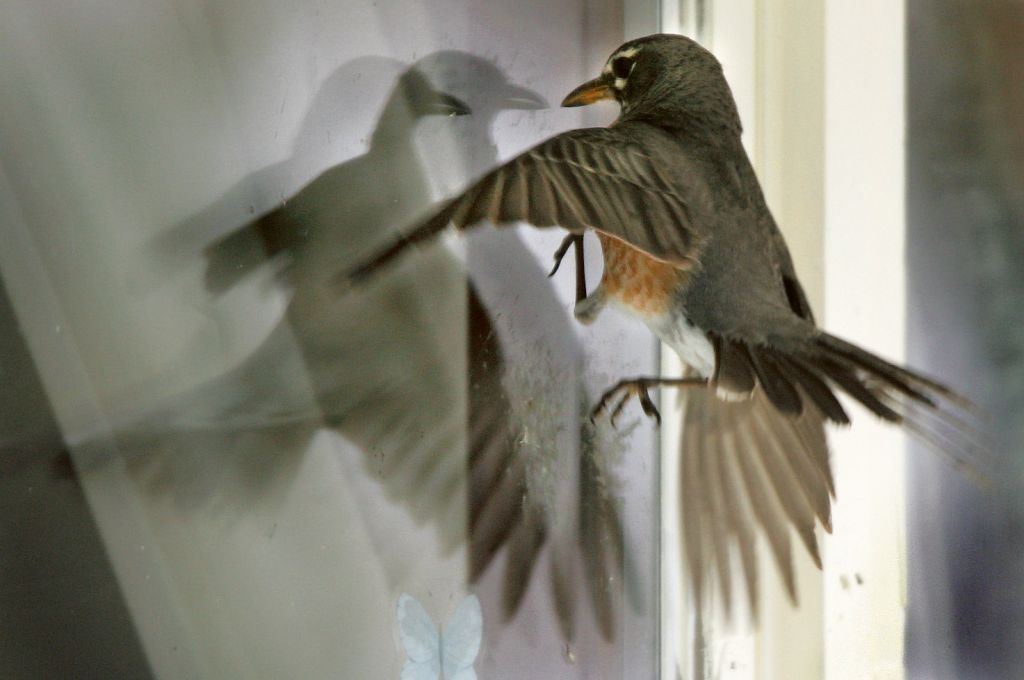
The immediate environment is often reflected in the window, so birds have no chance of seeing the glass itself. Photograph by: Wildlife World
This is precisely why small panes of glass, mostly privately owned, are the focus of this section. For any measure to be effective, slight differences must exist from linear structures. No-one is expected to draw the curtains or block out light from outside, or live in a home resembling a jail, with bars at the windows – even though such strips spaced approx. 10 cm apart are the best solution. However, subtler options for the glazed surfaces of houses or flats work, too.
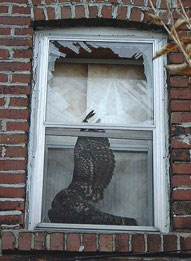
This Northern Goshawk, too, died unnecessarily. Photograph by: FLAP
Here are some things that can be done about the situation, along with a certain amount of myth busting. The next section of this site is given over to products available from the Zelená domácnost online store, and tips for protecting birds which anyone can do with a bit of time and effort.
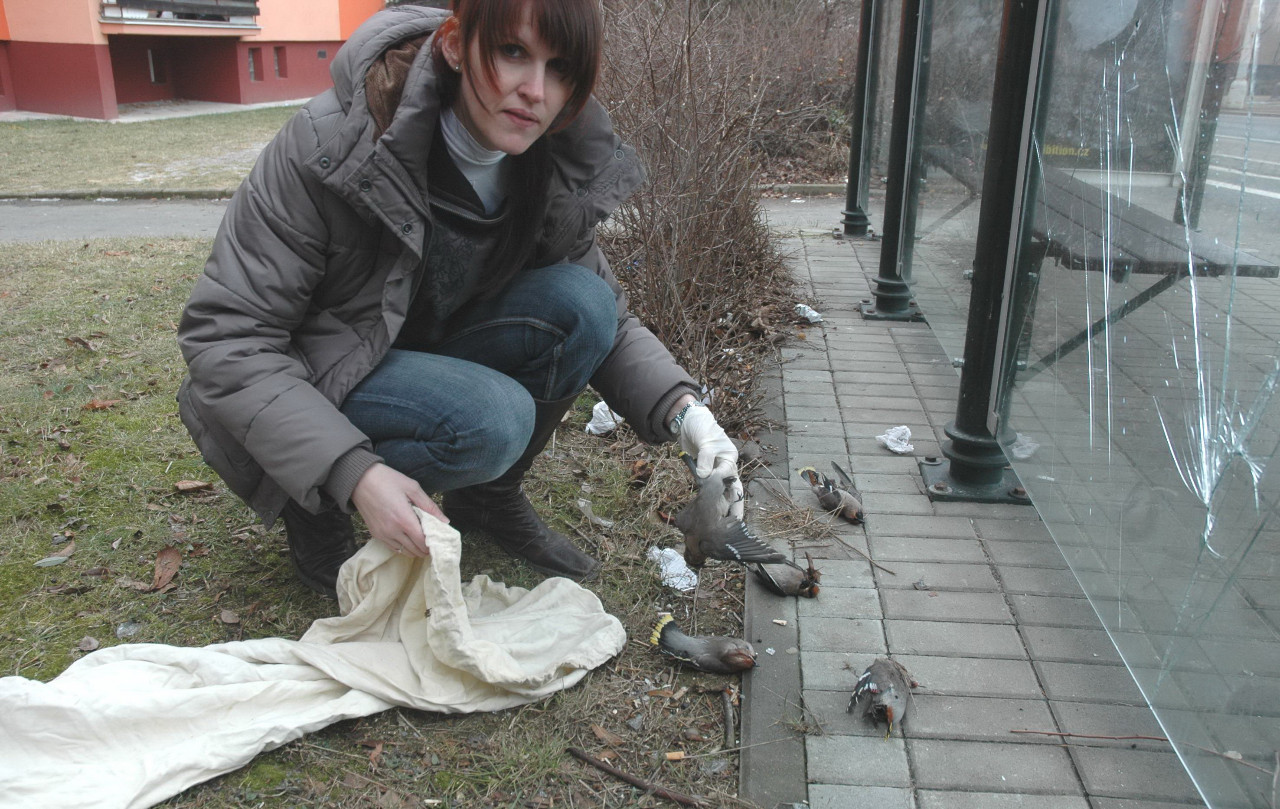
One day at a bus stop Photograph by: DESOP
Glass has become a very popular building material in recent years. Large panes of glass panes feature in designs for office buildings, commercial premises and parts of new passive houses exposed to the sun. These areas, just like standard windows, pose a fatal danger to birds unless appropriate safety measures are taken.
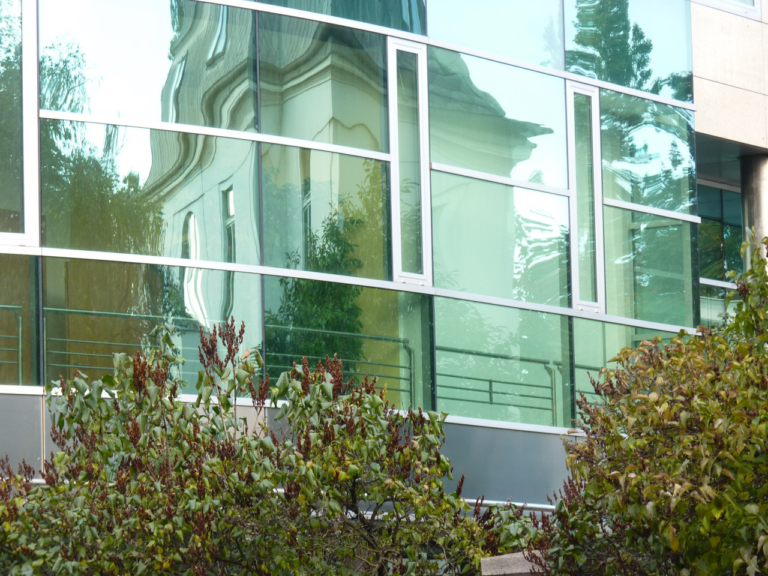
This would confuse a human, let alone a bird – Raiffeisen Insurance Company Photograph by: Czech Society for Ornithology
The truth is that birds in flight fail to see that the glazed surface represents an obstacle; instead, the reflections are viewed as a mirrored continuation of the surrounding landscape. This means birds consider it a space suitable for flight. The risk is even greater if mirrored glass is fitted, the property contains corner glass panels or windows are placed one after another in a row.
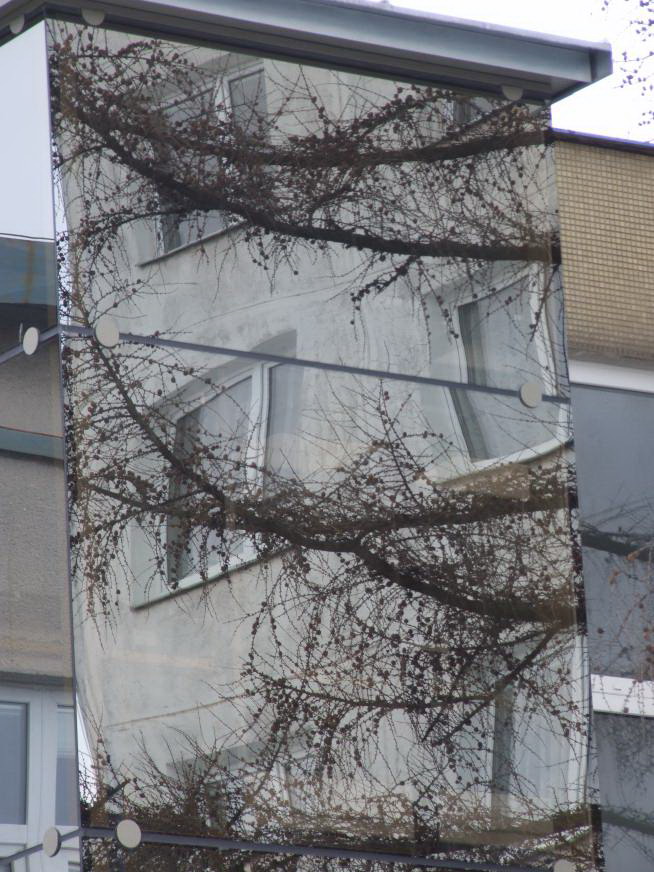
These architectural features may look stylish but they prove deadly to birds. Photograph by: DESOP
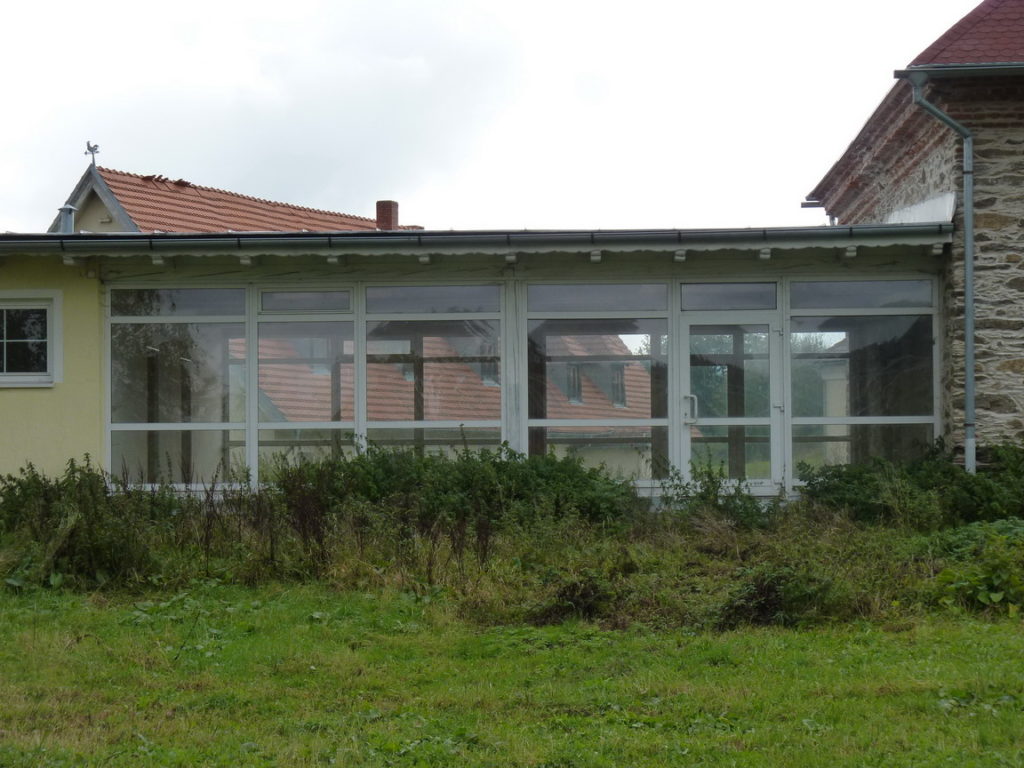
Flying free? Unfortunately, not. Photograph by: Czech Society for Ornithology
As glazing continues to gain in popularity, along with the proliferation of infrastructure projects that intersect bird migration paths, it’s little wonder the numbers of birds that die through hitting glass is on the rise.
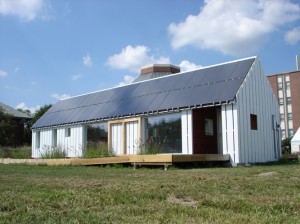
The glazed surfaces of this passive house are a hazard for birds.
However, it’s not just in migration routes where birds are at risk, as cities or villages can prove treacherous, too, where they fly to get food or breed. Often, even a small, open garden frame for growing vegetables will end the life of many birds if effective protection isn’t provided. Just look around and see how many such traps we have unwittingly prepared, each of us, for the birds.
Fortunately, solutions do exist!
Myths proliferate about ways for limit the risk of birds flying into glazed parts of buildings.
The fact is that, after the destruction of natural habitats, impact against glass is the second most common cause of death for them, which gives an indication as to how well measures for countering the problem really work.
It’s estimated that an incredible 100 million birds are killed in glass-related accidents in Europe every year due to poor or non-existent protection. To give it some perspective, that figure is five times greater than the number injured on high-voltage wires and ten times more than are killed by cats.
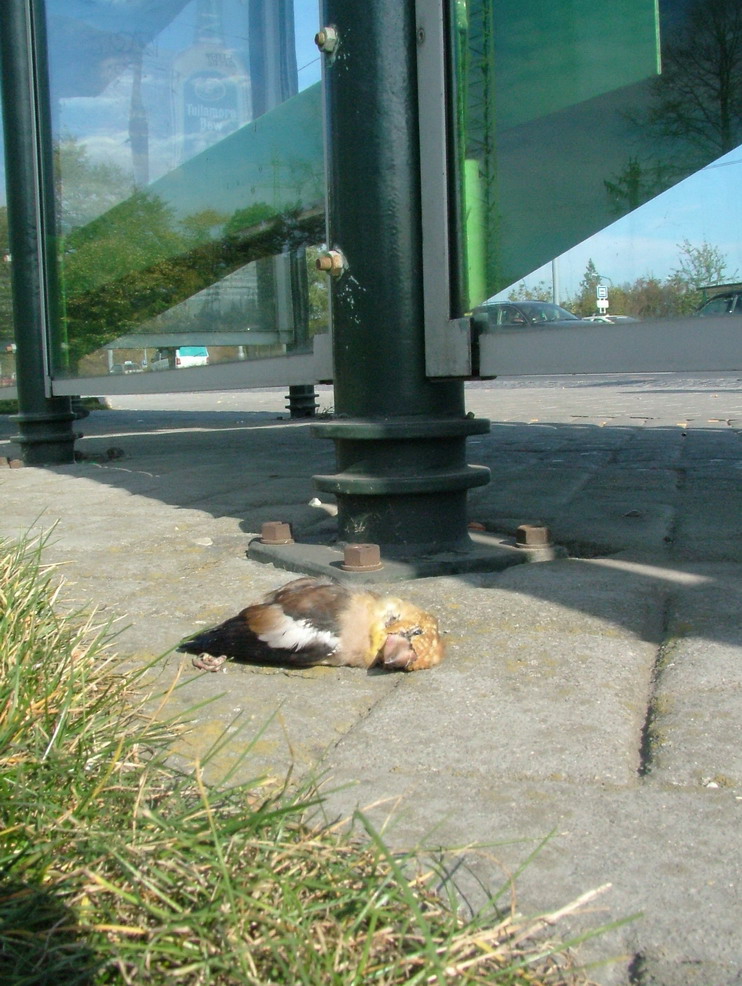
A glazed bus stop without any measures to avoid it being a deathtrap for birds. Photograph by: DESOP
Here’s a list are the most common misconceptions of effective protection:
Silhouettes of birds of prey
A single sticker of a bird of prey’s silhouette will neither scare nor deter any bird. The shape of the sticker makes no difference at all. Only the presence of sufficient quantity of stickers of any given shape will enable birds to identify a window as a dangerous obstacle.
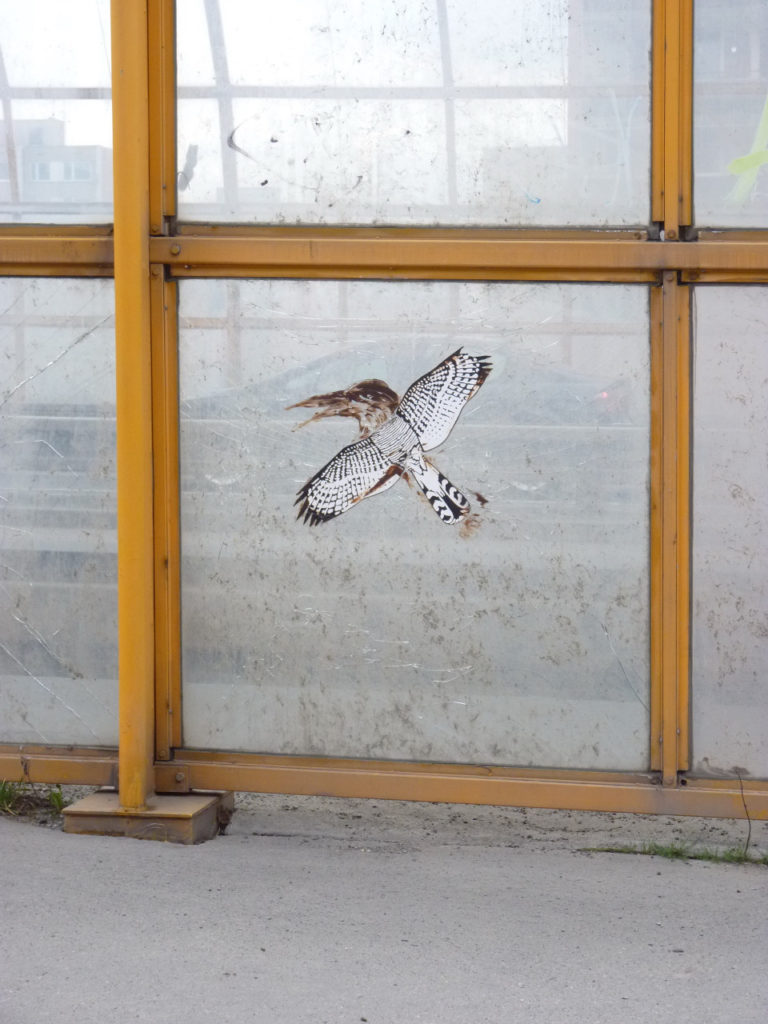
Czech Railways still believes that stickers of a single type of predator work. Photograph by: Czech Society for Ornithology
A single, self-adhesive sticker of any shape (incl. special UV-effect stickers)
A self-adhesive applied to a window won’t put off birds. One sticker covers a very small surface area of a window, so is insufficient to alert birds to any impending danger.
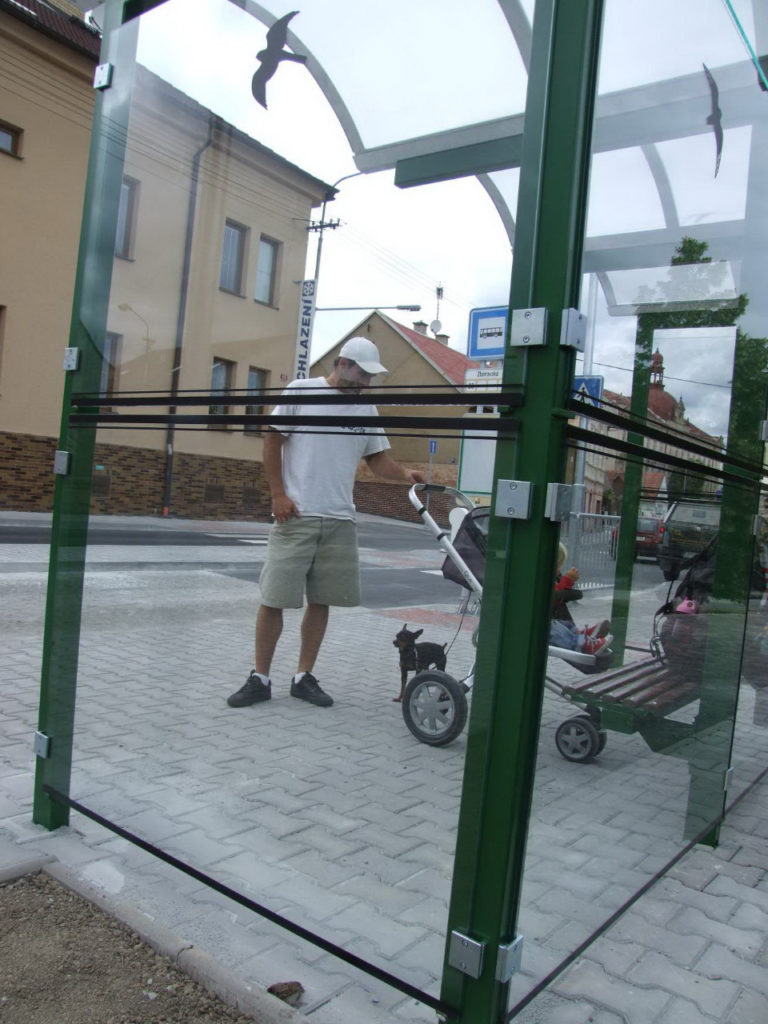
This sparrow’s life wasn’t saved by a sticker of a silhouette. Photograph by: DESOP
Owl silhouettes
Birds quickly recognise that a silhouette of an owl (usually made of plastic) is no threat to them. This type of deterrence is ineffective at protecting birds from collisions with glass.
Magnetic fields
Some deterrents for birds employ a magnetic field that theoretically disrupts their geomagnetic orientation so they stay away from the area containing such equipment. However, this method doesn’t stop them from flying into glass.
For details on saving birds from this fate, please refer to the section entitled How we can help – stopping the impact of birds against windows.
